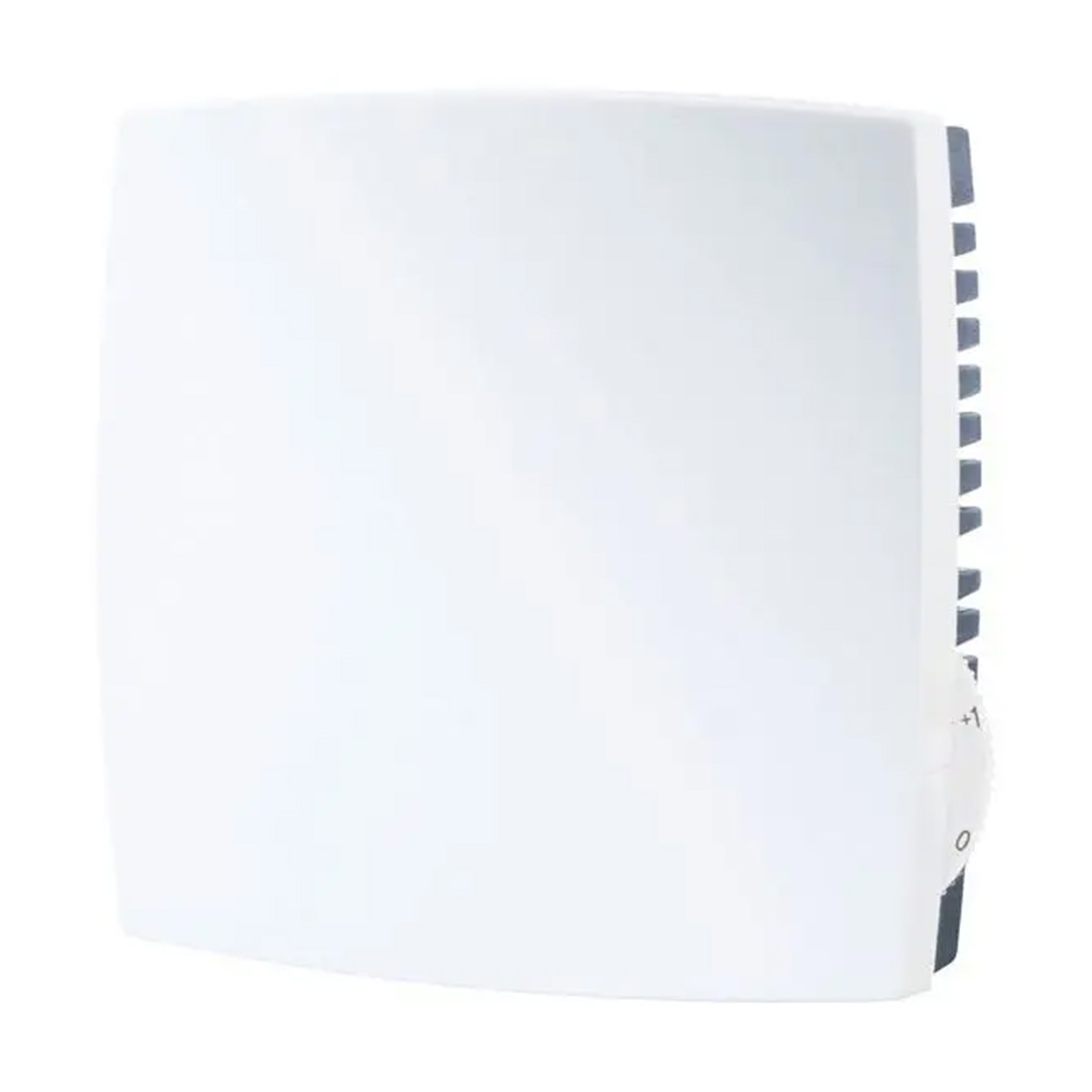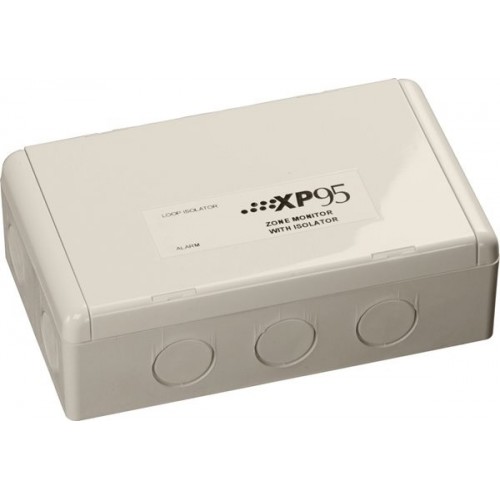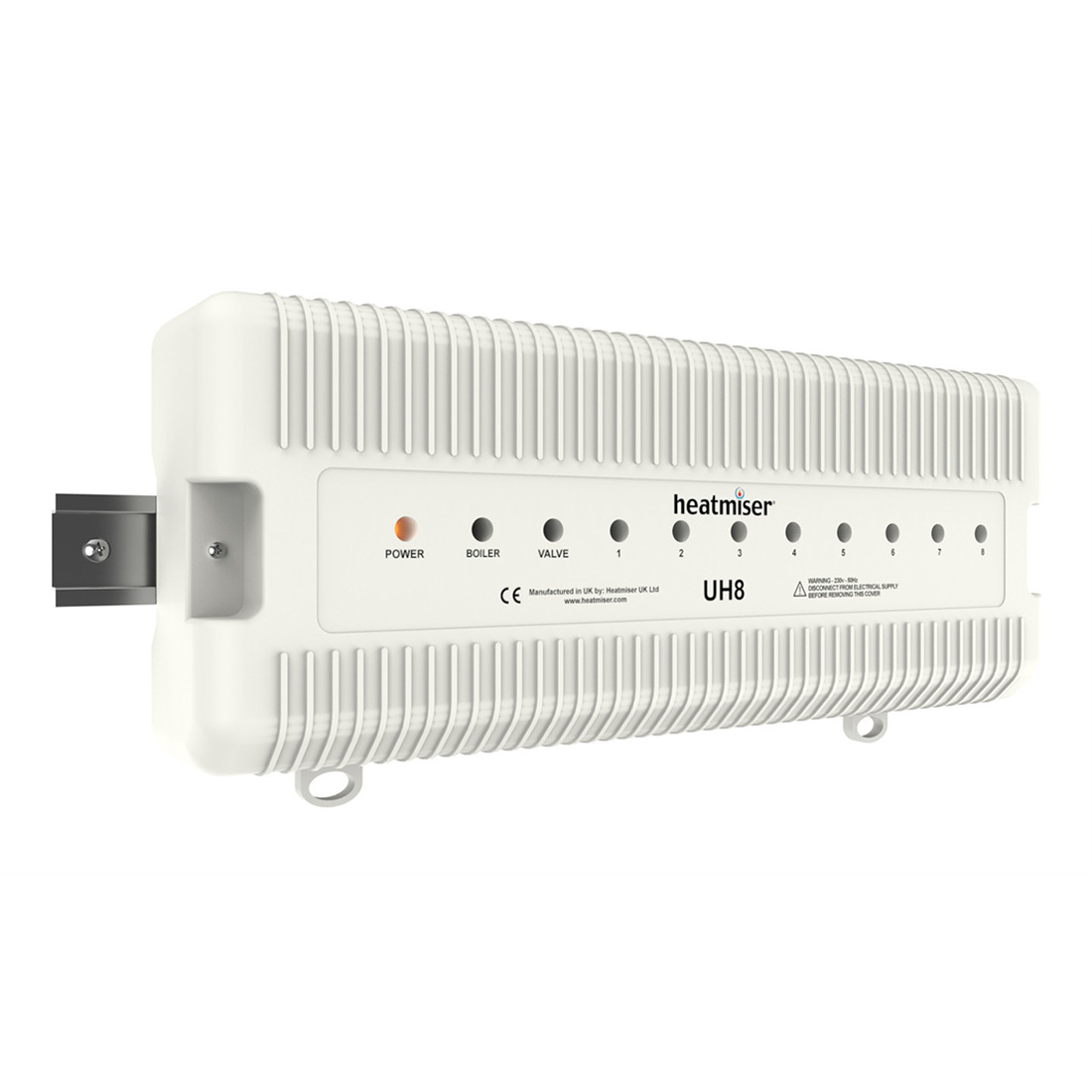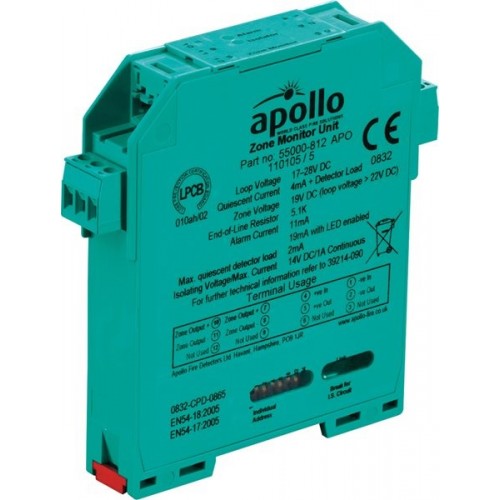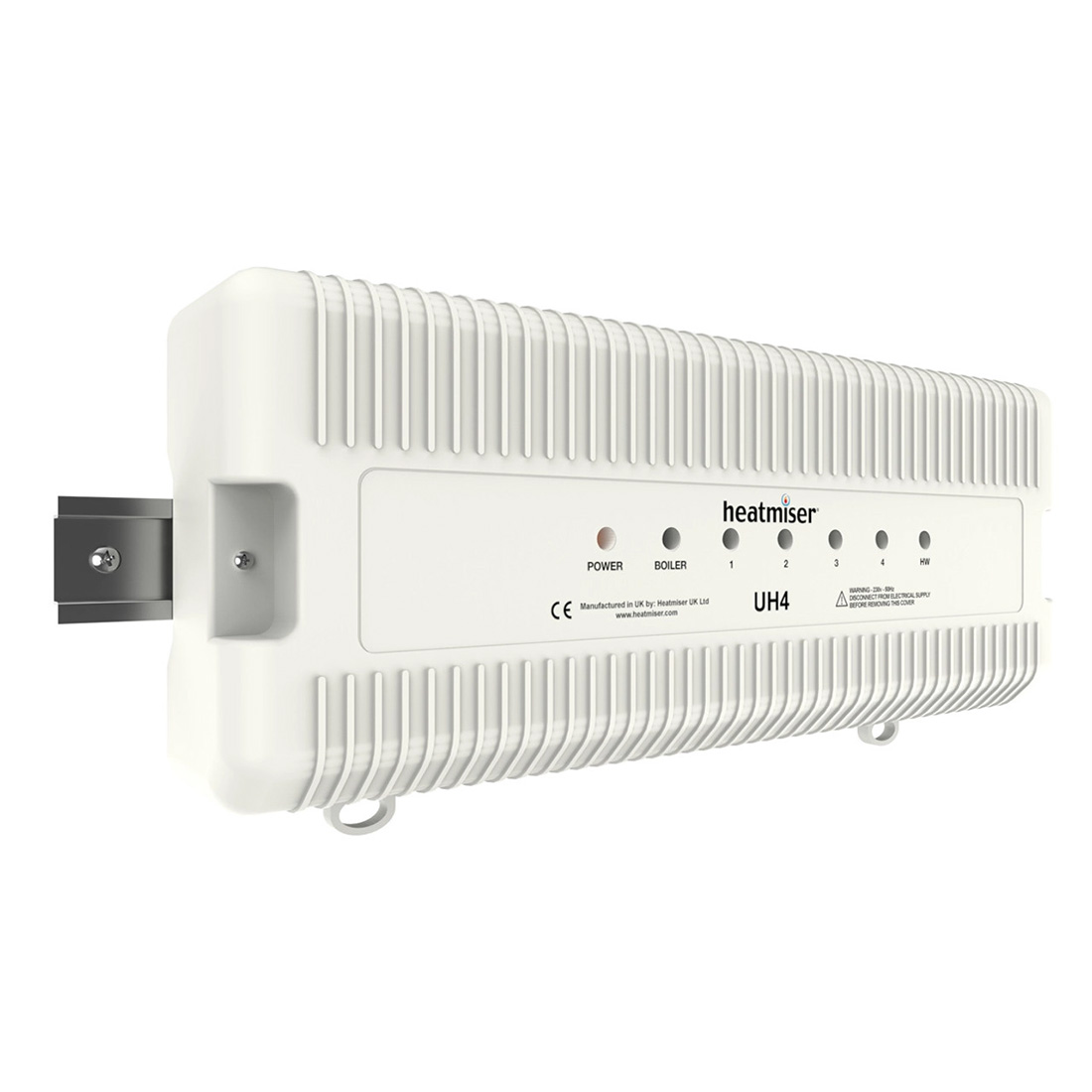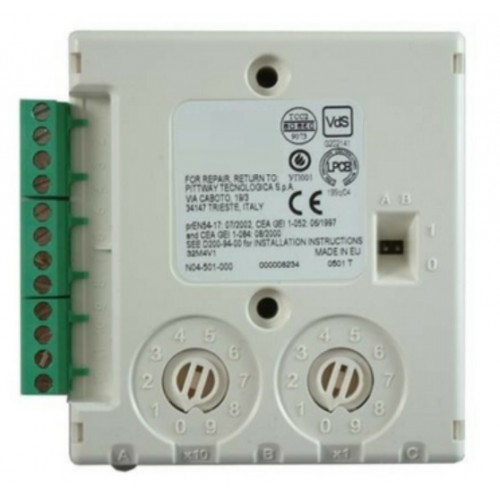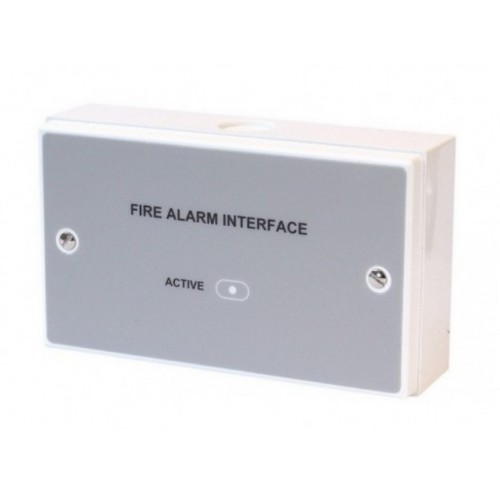
Brand
- M&S Collection 13.370
- Portwest 10.663
- Mascot 10.642
- Maroxe 9.642
- Nobody's Child 9.628
- White Stuff 6.833
- BOSS 6.001
- Lyle & Scott 5.289
- Autograph 4.953
- Gemini Interiors 4.152
- FatFace 4.119
- KENZO KIDS 4.037
- SOSANDAR 3.728
- Life Essentials 3.727
- Seasalt Cornwall 3.478
- Routledge 3.429
- Blaklader 3.354
- Crew Clothing 3.136
- CRC Press 3.061
- Monsoon 3.022
- Moon Magic 2.980
- Ergomat 2.856
- Finery London 2.853
- Sandvik Coromant 2.798
- Sid & Sam 2.615
- SHINEANDGLORY 2.496
- Unbeatable Bargains 2.408
- ECCO 2.394
- Tyrell & Tyrell 2.390
- Live Unlimited London 2.387
- Discount Dealers 2.295
- DKNY 2.249
- R and M Furniture 2.207
- Superdry 2.207
- Design Hut 2.178
- Slingsby 2.134
- Savings Store 2.095
- Casper Homes 2.080
- Charles Tyrwhitt 2.049
- Millennium Furniture 2.048
- Decor Base 2.028
- Direct Imports 2.024
- MARC JACOBS 2.006
- Pandora 1.965
- Style and Chic 1.956
- Merkel Designers 1.942
- Clarks 1.888
- Merlin Deals 1.874
- Skechers 1.863
- Regatta 1.856
- Brittle & Co 1.844
- All Things Good 1.813
- Timberland 1.806
- KARL LAGERFELD KIDS 1.804
- The Home Maker 1.797
- Charlotte Dunes 1.789
- Stanley 1.707
- Michael Kors 1.672
- BILLIEBLUSH 1.657
- HUGO 1.645
- Joules 1.632
- Under Armour 1.565
- Outsunny 1.554
- HOMCOM 1.490
- Start-Rite 1.488
- Russell 1.486
- Sealey 1.458
- Regatta Professional 1.446
- Elomi 1.428
- TopVue 1.378
- WallpaperMural 1.354
- Pour Moi 1.336
- Bausch & Lomb 1.304
- FootJoy 1.302
- Pferd 1.294
- Nike 1.292
- Lighthouse 1.260
- Homcom 1.180
- Markberg 1.180
- Zadig & Voltaire 1.176
- Organic Basics 1.136
- Festo 1.127
- Liverpool FC 1.097
- Fantasie 1.076
- Neo 1.059
- Magee 1866 1.031
- Hawes & Curtis 1.020
- glerups 1.018
- M&S SARTORIAL 1.006
- Nomination 1.006
- RO&ZO 1.005
- Polaroid 995
- HOBBS 993
- Prestigious Textiles 972
- Tee Jays 930
- Dune London 909
- French Connection 902
- Dunlop 901
- Columbia 900
- Superga 897
Colour
- Black 53.535
- White 19.835
- Blue 17.920
- Navy 12.004
- Green 9.969
- Brown 9.192
- Grey 8.755
- Pink 7.879
- Red 7.489
- Beige 4.912
Size
Gender
Merchant
- Zoro UK Limited 108.185
- Marks & Spencer UK 95.885
- Home Done 48.408
- Maroxe 28.558
- Kids around 25.130
- Glisshop uk 11.245
- Alensa.co.uk 9.060
- Workwear Supermarket 8.151
- Routledge 7.904
- Nobody's Child - Cabiro 7.790
- Lyle & Scott 5.193
- RS Components UK 4.718
- Belveto 4.636
- Suit Direct 4.358
- Slam City Skates 3.748
- Your Stylish Home 3.453
- Orthopeca UK 3.403
- Moon Magic 2.980
- Click Golf 2.633
- QD Stores 2.621
- Golf Gear Direct 2.596
- Acorn Fire & Security 2.574
- Grace & Co Jewellery 2.558
- shineandglory.com 2.496
- Ann's Cottage 2.478
- gb.ecco.com 2.476
- Argento 2.364
- Kick Game 2.202
- AndLight.co.uk 2.142
- LuisaViaRoma.com 1.730
- Wrong Weather 1.538
- WallpaperMural 1.354
- Lime Lace 1.308
- Glamest 1.227
- Lighthouse Clothing 1.213
- markberg.com 1.180
- K4G.COM 1.169
- Organic Basics 1.136
- Pureshoes 1.112
- Liverpool FC 1.097
- Perfect Little Thing 1.053
- MyTrendyPhone.co.uk 1.052
- Magee 1866 1.031
- glerups.co.uk 1.018
- Craigmore UK 944
- Slam Jam. 907
- Epoka AS 902
- Fragrance Rich 882
- Tosoni Selleria 870
- AWD IT 840








